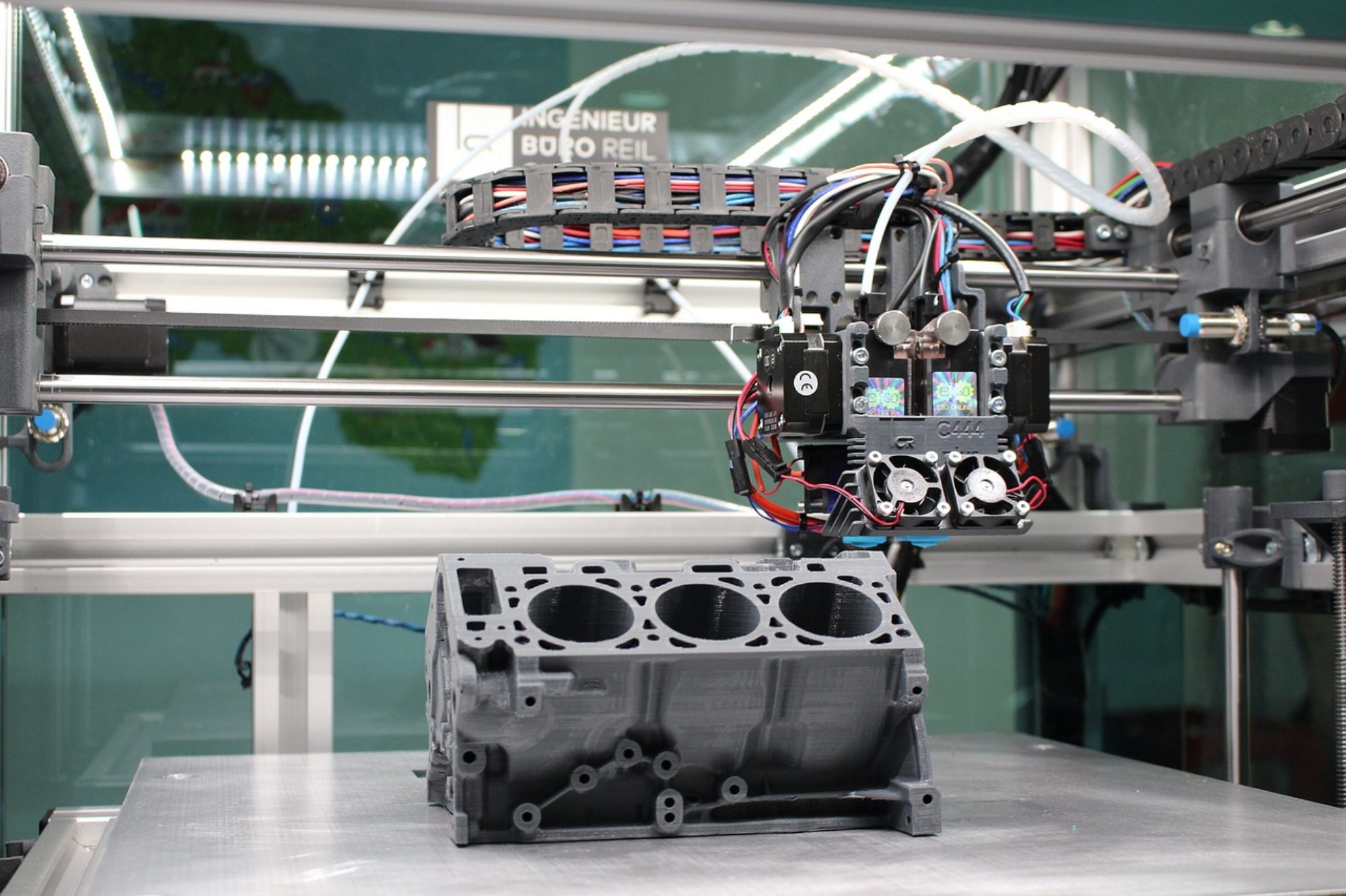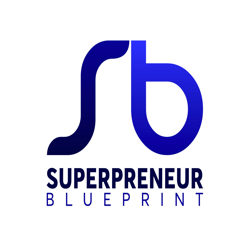This week I attended a webinar from the Founder Institute.
Founder Institute recently launched their Star Fellows program. The webinar was hosted by Adeo Ressi, Founder & CEO of the Founder Institute and by Dr. Robert (Bob) Richards who is a space entrepreneur and futurist. He is a Co-Founder of the International Space University, Singularity University, SEDS, the Space Generation Foundation and Moon Express, Inc. a space transportation and lunar resources company located at Cape Canaveral, where he currently serves as President and CEO.
The initial statement of that webinar was
There is a once in a once-in-a-millennia opportunity for entrepreneurs to create space-related companies.
Why do we face this unique situation? The first reason is because of exponential technologies inherent of the age of acceleration and the democratization of space access. Now with cubesats that cost less than a hundred thousand euros, you can launch your own satellite, vs several hundreds of millions euros for a traditional satellite.
Dr Richards pointed out that the more you go far, the more is becoming challenging. As a matter of fact, going to Mars is much more expensive and challenging than Earth observation. He also explained that space is now gaining serious attention from investors.
He stated
“We need 1,000 more space startups!”
What are the various business opportunities where entrepreneurs can start space-related companies?
Near-term opportunities are Earth observation (monetizing pixels), navigation (for all automated machines, cars, drones, …) and telecommunications (connectivity for IoT and M2M applications).
Mid-term opportunities are propulsion, energy storage and any basic utilities that are required for space. Space debris is also a great problem to be solved. Creating the different software applications is also an interesting niche. Think for example at the amount of data that must be compressed and transferred to Earth.
Long-term opportunities are the exploration and the exploitation of deep space, i.e. asteroid mining, living, working and exploiting the Moon and planet Mars.
What are the various space challenges that require innovation, and where should entrepreneurs focus?
Astropreneurs must think big but start with near-term achievable goals. They must have a relentless passion, a clear vision, the right team and a great execution plan. It is also very important to have the right mentors and the right network.
What are the roadblocks, and how can entrepreneurs position themselves to overcome them?
Regulatory issues are today among the biggest challenges. Astropreneurs must also have people that believe in them. Superpreneurs have such mindset.
How to navigate the funding landscape for space related companies. What options are available for space entrepreneurs, and how does one get started?
Astropreneurs can start with some grants from NASA or ESA, and also get on board business angels who are passionate about space. Some nations are today investing a lot of money in space and are great places to start a space-related company: UAE, Luxembourg, Japan, Brazil. Dr Richards also mentioned Isle of Man!
VC’s will only come once you are able to show some commercial perspectives.
Dr Richards mentioned that there is now an incubator at Cap Canaveral where he has his premises. He also said that Silicon Valley remains one of the best places because investors are ready for great ideas.
Everything is possible (under the limits of the laws of physics). As a superpreneur, think about changing the world, make an impact!
Be on the right side of history. We are at a milestone of humanity where finally mankind has the knowledge and technologies to colonize the space, have people permanently working and living in space.
Do you want to build a simple social app or do you want to be part of this fantastic adventure?
The answer for superpreneurs is obvious.
Build the world you love!

